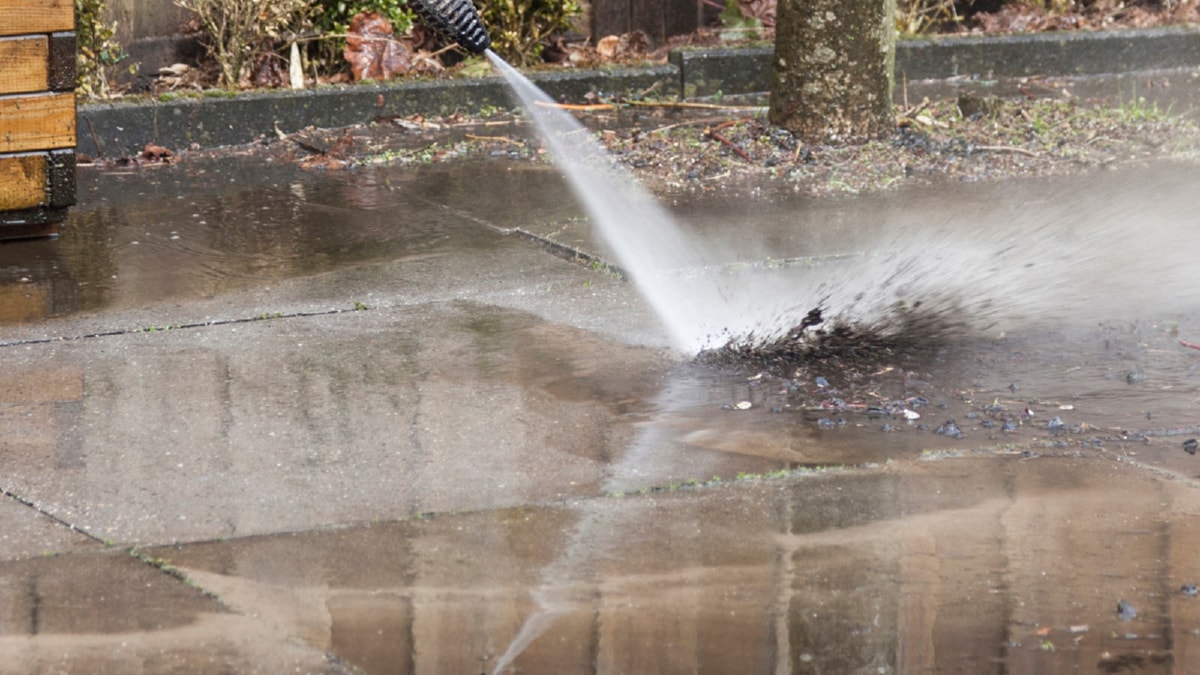Building a house is a significant investment requiring both time and resources. However, constructing a durable, sturdy, and long-lasting house goes beyond the basic construction process. It involves a meticulous approach, ensuring that the house can withstand the test of time and adverse conditions. This article will delve into essential methods, techniques, and processes involved in building a stable, resilient, and strong construction.
To begin with, it’s essential to understand that the durability of a house begins with its foundation. The foundation is the backbone of the structure and plays a pivotal role in determining its lifespan. Therefore, it’s critical to use high-quality materials and employ professional, experienced contractors to handle this phase of the construction. The foundation should be robust and able to resist movements of the soil beneath it. It should also be waterproof to prevent moisture-associated problems, such as mold or mildew, that could compromise the structure’s integrity.
The quality of materials used in the construction process significantly contributes to a house’s durability. It’s recommended to use high-quality, resilient materials that can withstand wear and tear, weather conditions, and time. For instance, using steel frames instead of wooden ones offers more strength and durability. Similarly, bricks and stones are more durable than wood. The roof, which is exposed to the elements, should also be made from robust materials that can resist harsh weather conditions.
Furthermore, proper design and planning are equally important. A well-designed house can withstand environmental pressures such as strong winds, heavy snowfalls, and earthquakes. The design should incorporate features that enhance durability, such as overhangs and eaves to protect the walls from rain and sun, and reinforced walls for earthquake-prone areas.
Maintenance is another crucial factor that determines the longevity of a house. Regular inspections and prompt repairs can help detect and address potential issues that could compromise the house’s durability. For instance, a leaking roof repaired in good time can prevent structural damage that could have been costly to fix.
Moreover, it’s essential to consider environmental sustainability when building a house. Employing green building techniques not only contributes to environmental conservation but also enhances the durability of the house. For example, installing energy-efficient windows can reduce the house’s energy consumption while improving its resilience.
Lastly, it’s important to adhere to local building codes and regulations. These guidelines are designed to ensure safety and durability in construction. Failure to comply can result in legal issues and compromise the structure’s integrity.
In conclusion, building a durable, sturdy, and long-lasting house goes beyond the construction process. It requires a meticulous approach from the foundation laying phase to the choice of materials, design, maintenance, and adherence to building codes. By prioritizing quality in every step, homeowners can enjoy the comfort and security of a resilient, strong house for many years.
.
For more details, check best masonry services or visit their business listing here.



